At 4:20 p.m. on July 24, 2025—three days after the 100th year anniversary of its first ascent— two men who had been making their way up the steep, crumbly, snow-covered rock of isolated Mount Alberta suddenly ran out of mountain to climb.
With radiant smiles shining through the freezing rain, the climbers posed for a photo, holding a flag emblazoned with the logo of the Japanese Alpine Club. The flag represented a century-long connection between the two countries’ alpine communities.
Takeshi (Tak) Tani and Toshiki Kusano atop the Canadian Rockies’ fifth highest peak, Mount Alberta. Their climb was part of centennial celebrations of the peak’s first ascent. // Supplied
In 1925, it was eminent mountaineer Yuko Maki who displayed the insignia of the JAC 3,619 metres above sea level on the north side of the Columbia Icefield. In 2025, the flag bearer was Toshiki Kusano, one of four party members led by Japanese ex-pat and Canmore-based alpine guide, Takeshi Tani, up the formidable mountain. Tani said the climb was more than about the summit.
“It was about honouring the deep cultural and historical ties between Canadian and Japanese mountaineering, and about passing the torch of the alpinism to the next generation,” Tani said.
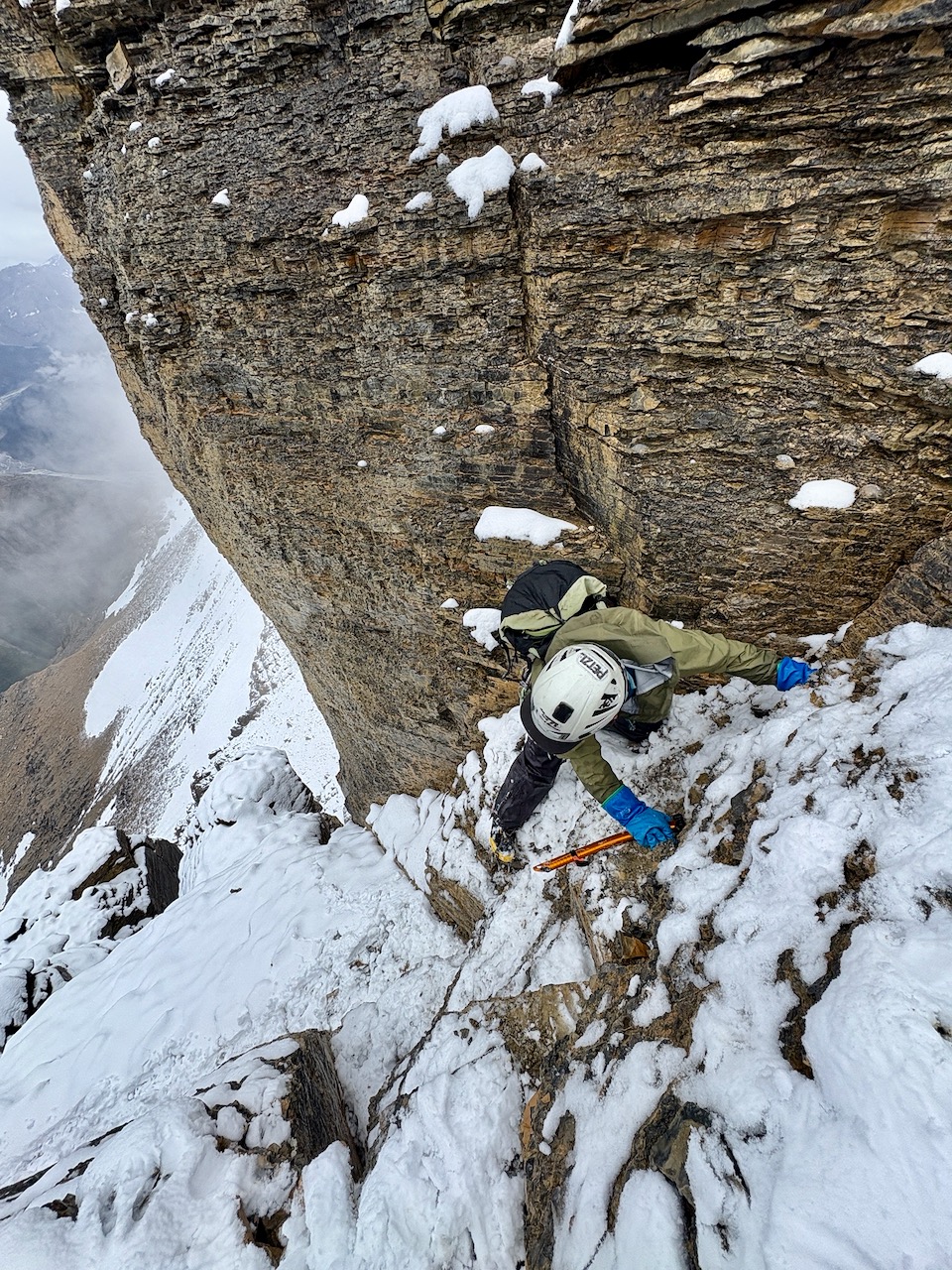
The climb was part of Mount Alberta celebrations taking place in Jasper on the 100 year anniversary of the 1925 ascent [editor’s note: the Jasper Museum currently has a fantastic exhibit inspired by the first ascent). On most expeditions, mountaineers decide when to tackle their objective based on, among many other factors, the weather window afforded by Mother Nature. Coordinating their attempt to coincide with the July 21 anniversary, Tani and the four JAC members who set out from their high altitude bivouac had no such luxury. While it rained at valley bottom in Jasper, high up on Mount Alberta, storms encased the mountain in ice and snow. From a mountaineering perspective, the route was in less-than-ideal shape, Tani suggested.
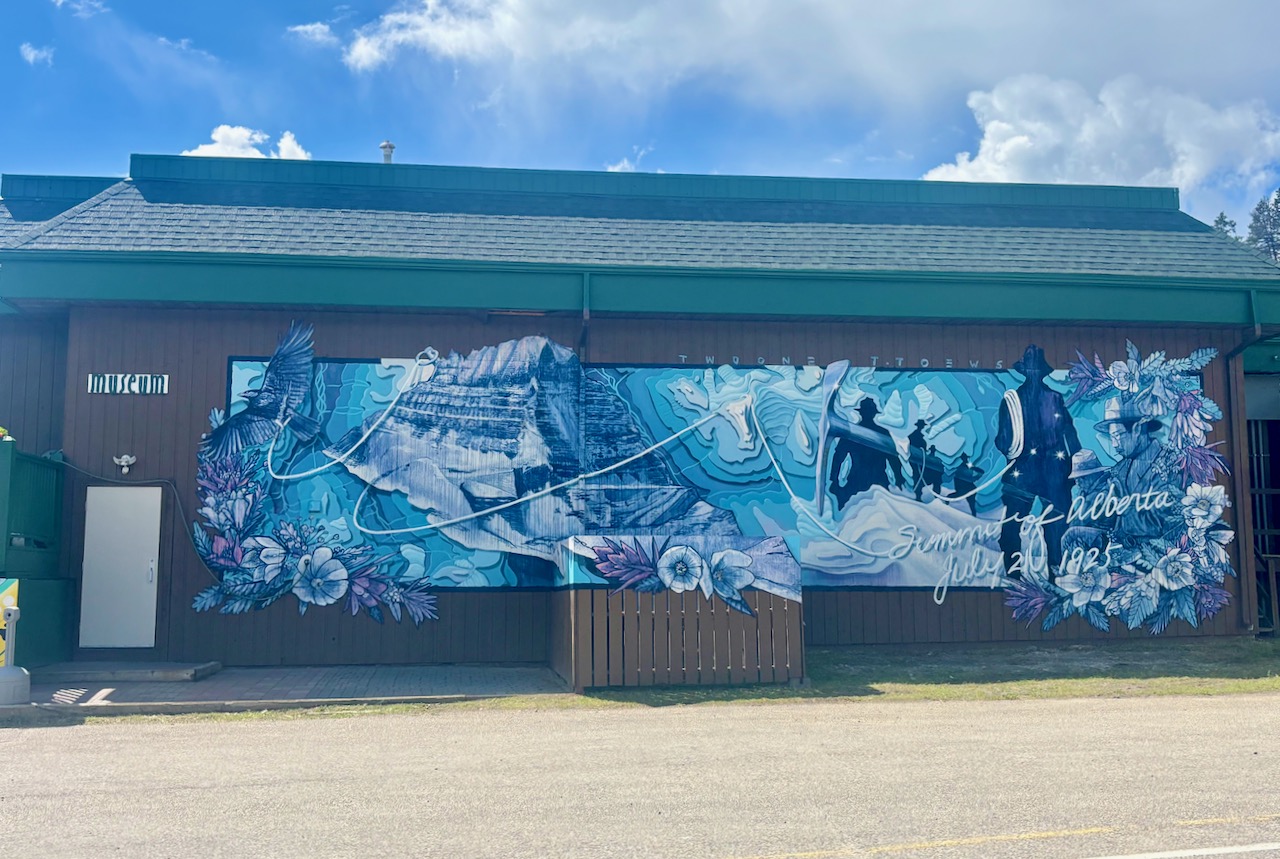
“Conditions were quite challenging, there was a lot of new snow on the route. We didn’t see any real blue sky over the five days we were out,” Tani said.
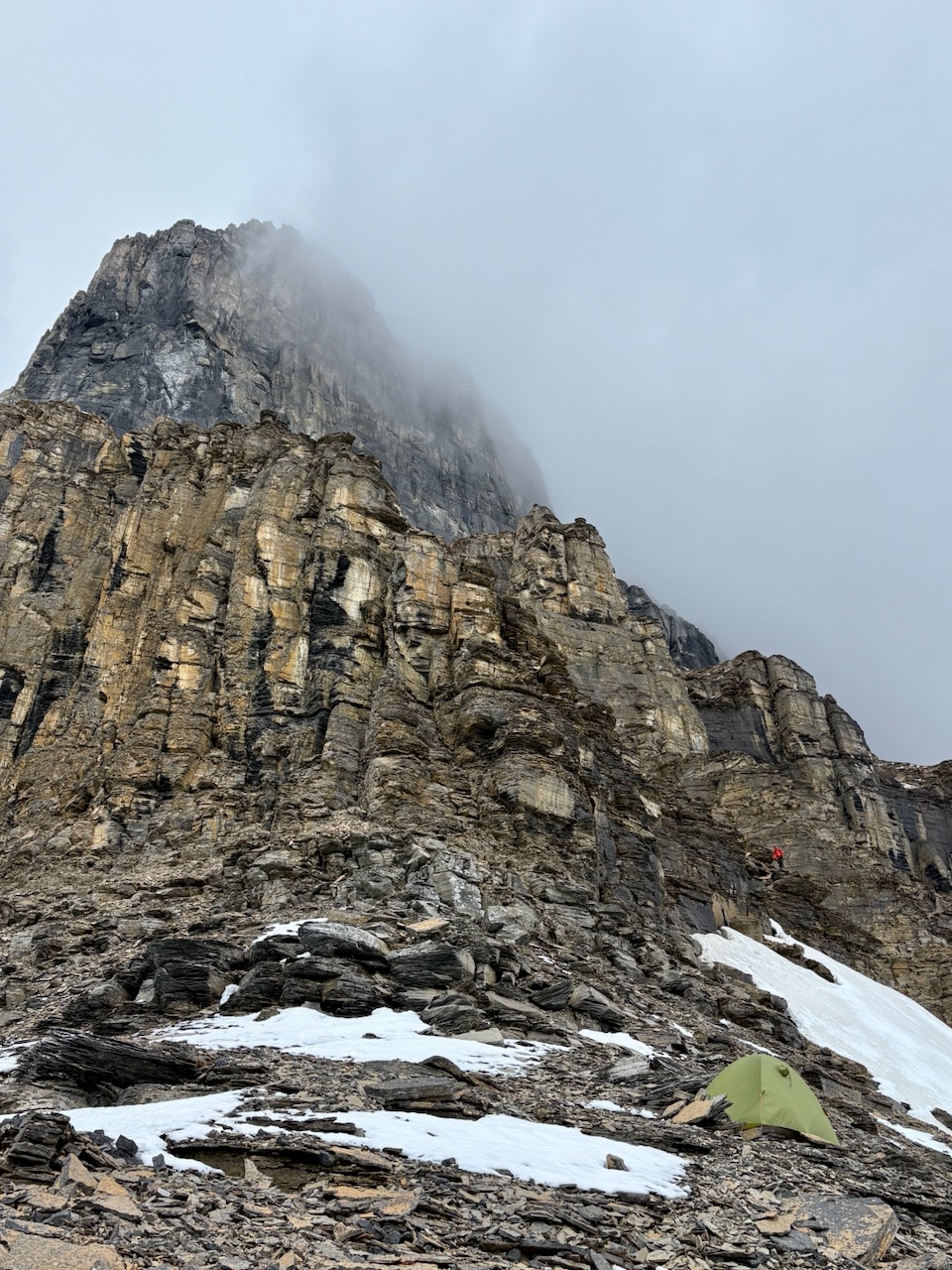
Despite the weather, morale was high at at 3 a.m. on July 24 as the team set out from their bivy at 2,900 metres elevation.
“They were highly motivated and eager to climb,” Tani said of the climbing team, members of which were in their 20s and 30s. “Their energy and focus didn’t change much throughout the day, even as conditions got harder.”
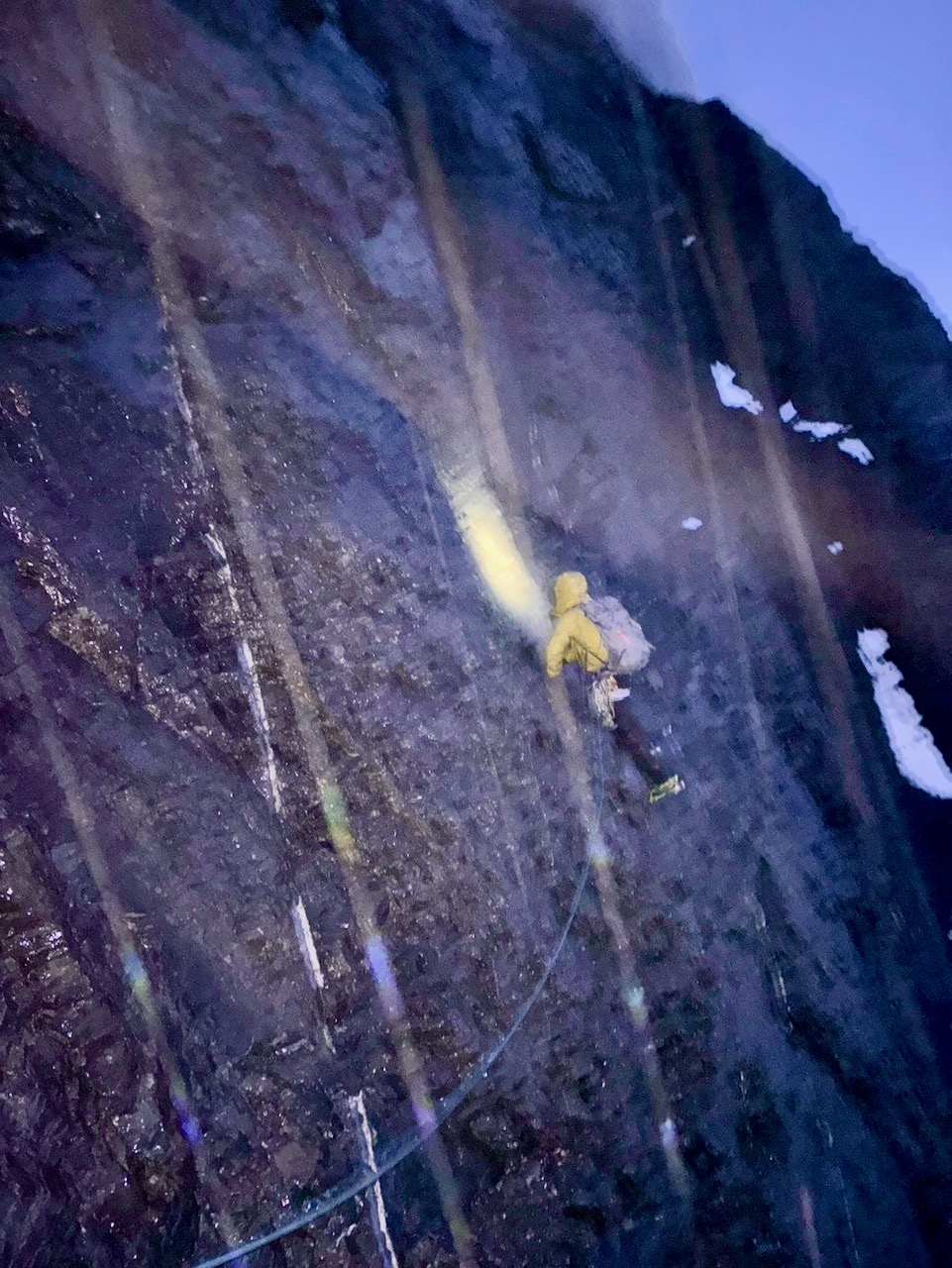
In 1925, Maki’s party ascended the notorious black cliffs which guard the upper mountain with an unorthodox maneuver: two members of the team created a human ladder, which Jasper Park Lodge-based Swiss guide Heinrich Fuhrer then scaled. In this way they reached an otherwise inaccessible ledge and eventually gained the summit ridge. This section of the mountain was thereafter referred to as the Japanese Route.
Tani’s party did not have to rely on such acrobatics, but the Yamnuska guide said the Japanese Route was nonetheless extremely challenging, in large part because the snow and ice forced them to wear crampons.
“It made it much harder than the rating suggests.”
The party stayed close together to manage the hazard in this treacherous shooting gallery. But once they reached the summit ridge, the risk of rockfall was much less acute, Tani said. Visibility improved slightly and they were able to move a bit faster. Eventually, they spread out and pushed for the summit. In the end, only two climbers made it to the top—the others having decided to turn back before another crux section known as the notch.
The adventure was far from over, however; they still had to make it off the mountain. With lightning strikes flashing in the low cloud cover and sleet and snow pelting down, they descended towards their bivy. Frozen ropes hampered their progress and as they rappelled the Japanese ledges, one of the climbers badly twisted an ankle.
“He slipped a few meters before his safety tether caught him,” Tani said. “He was able to walk but very slowly.”
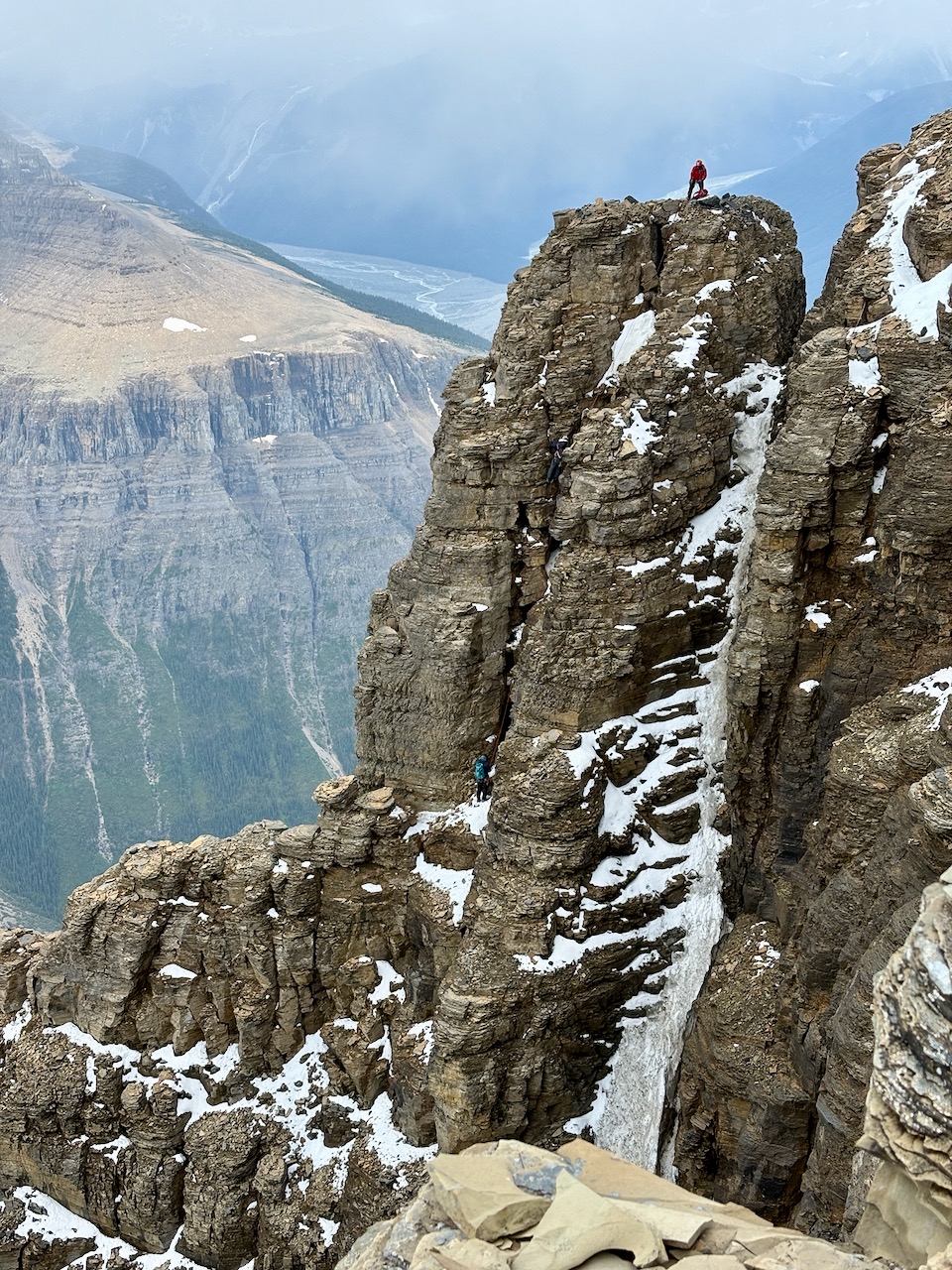
It wasn’t a fracture, they found out later, but the injury was serious enough that the group called for help. A few hours later, to the relief of everyone on the mountain, a helicopter containing Jasper Visitor Safety Services personnel flew into the uppermost reaches of the Athabasca River watershed and landed near their camp.
“The rescue team was amazing,” Tani said. “We truly appreciated their help and their high-level rescue skills in such difficult, high-mountain conditions.”
Tani said the entire experience couldn’t have happened without the support of the Mount Alberta Centennial organizing committee. He was acutely aware of the difficulties of planning such a celebration while in rebuild mode, post-wildfire.
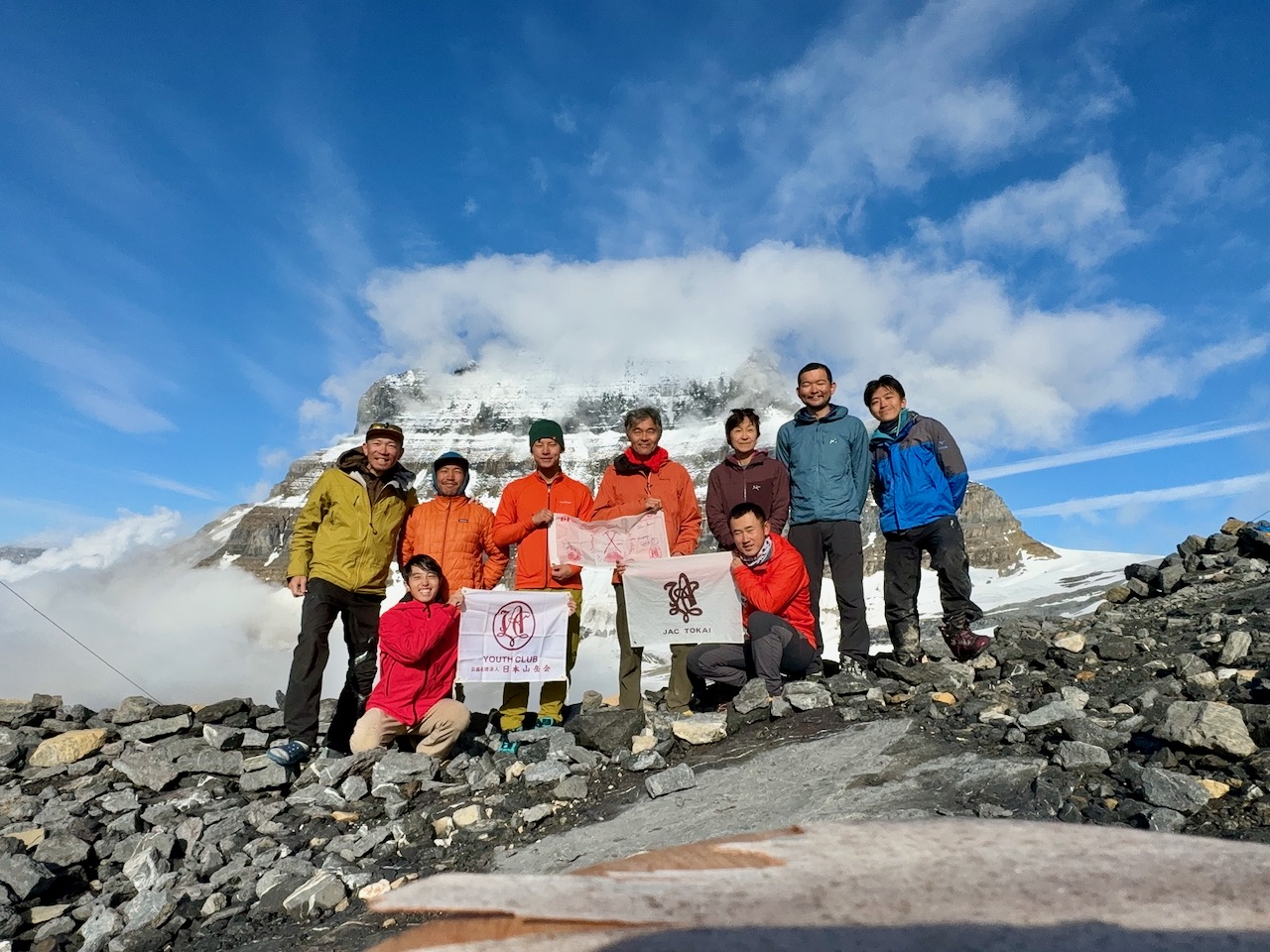
“Despite still recovering from last year’s hardships, the people of Jasper welcomed us and supported this journey,” he said.
“We truly felt connected to the history of both Canadian and Japanese mountaineering.”
Bob Covey // bob@thejasperlocal.com


